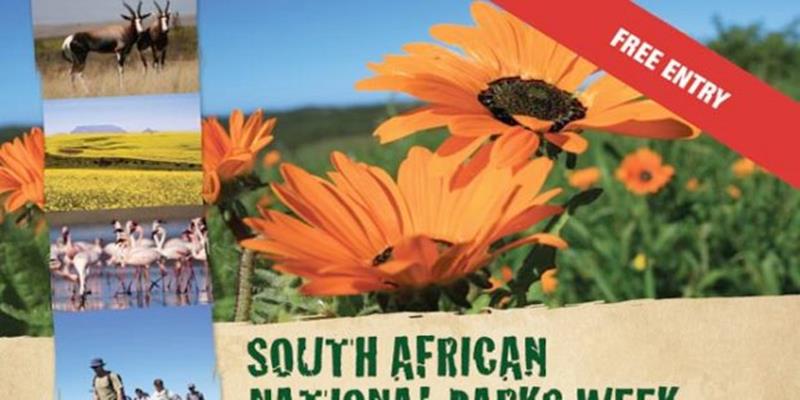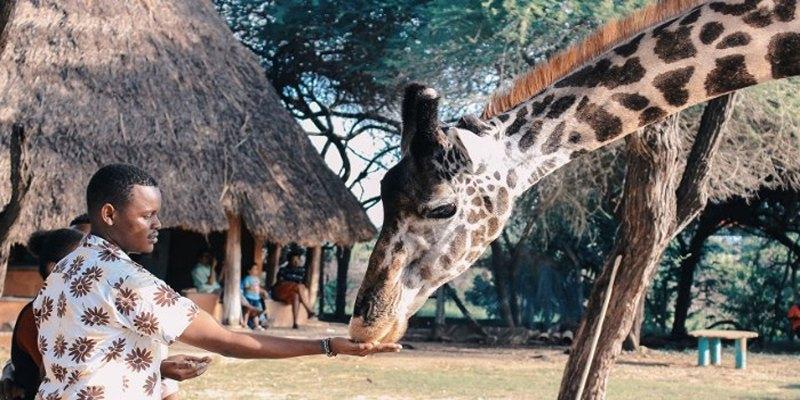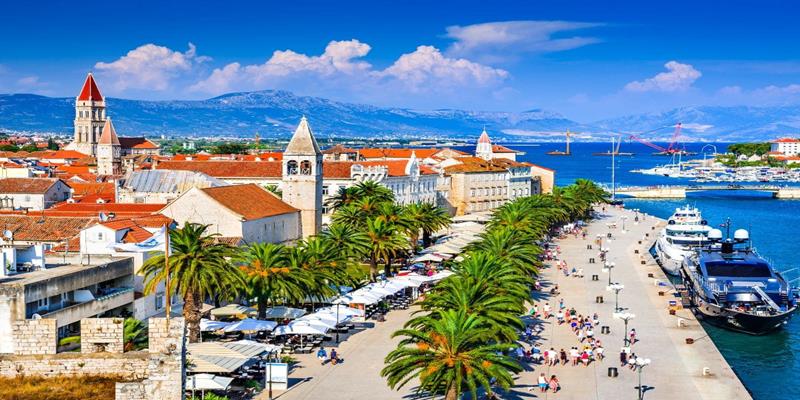Introduction
South Africa, renowned for its diverse landscapes and rich cultural heritage, boasts a remarkable collection of UNESCO World Heritage Sites. These sites, recognized for their outstanding value to humanity, offer a glimpse into the country's storied past and natural splendor. From ancient archaeological sites to breathtaking natural wonders, each UNESCO site in South Africa holds a unique significance, drawing visitors from around the globe. Join us as we uncover the captivating stories and breathtaking beauty of South Africa's UNESCO World Heritage Sites.
Cultural Heritage Sites: Preserving South Africa's History
South Africa's UNESCO-designated cultural heritage sites provide a window into the country's rich and complex history, spanning thousands of years. One such site is the Mapungubwe Cultural Landscape, located at the confluence of the Limpopo and Shashe rivers in the northern part of the country. This archaeological landscape was once the heart of a powerful kingdom that flourished between the 9th and 13th centuries.
Today, visitors to Mapungubwe can explore the remains of the ancient city, including stone walls, dwellings, and ceremonial sites, offering insights into the social, political, and economic structures of this early African civilization. Another remarkable cultural site is the Robben Island, situated off the coast of Cape Town. This infamous island served as a political prison during South Africa's apartheid era, where numerous political prisoners, including Nelson Mandela, were incarcerated.
Now a symbol of the country's struggle for freedom and democracy, Robben Island has been transformed into a museum, allowing visitors to learn about the hardships endured by those who fought against apartheid. Experienced political prisoners lead guided tours of the site, sharing personal stories of island life, and the human spirit is tenacious in the face of hardship.
Natural Heritage Sites: Exploring South Africa's Natural Wonders
In addition to its cultural heritage, South Africa is home to an array of breathtaking natural wonders, several of which have been recognized as UNESCO World Heritage Sites. Among these is the iSimangaliso Wetland Park, located on the northeastern coast of KwaZulu-Natal. This expansive wetland ecosystem encompasses diverse habitats, including estuaries, lakes, coastal dunes, and coral reefs.
iSimangaliso is renowned for its incredible biodiversity, supporting abundant plant and animal species, including hippos, crocodiles, and numerous bird species. Visitors to the park can embark on guided safaris, boat cruises, and snorkeling excursions, immersing themselves in the pristine beauty of this UNESCO-listed natural treasure. Another iconic natural site in South Africa is the Richtersveld Cultural and Botanical Landscape in the country's northwestern corner.
This rugged and remote landscape is characterized by its dramatic mountain scenery, rocky desert plains, and unique succulent vegetation. The Richtersveld is home to the Nama people, who have lived in harmony with the harsh desert environment for centuries, practicing traditional semi-nomadic livelihoods. Visitors to the area can explore the rugged terrain on hiking trails, 4x4 routes, and guided cultural tours, gaining insight into the traditional knowledge and sustainable practices of the Nama people.
Mixed Heritage Sites: Celebrating South Africa's Diversity

Some of South Africa's UNESCO World Heritage Sites embody cultural and natural significance, reflecting the country's rich diversity and intertwined heritage. One such site is the uKhahlamba Drakensberg Park, situated in the eastern part of the country. This vast mountainous area is renowned for its spectacular scenery, including towering peaks, deep valleys, and ancient rock art sites.
The Drakensberg mountains hold great cultural significance for the indigenous San people, who left a legacy of rock art dating back thousands of years. These paintings provide a glimpse into the spiritual beliefs and daily life of the San people, making the Drakensberg a living cultural landscape.
Safeguarding South Africa's Historical Legacy
South Africa's UNESCO World Heritage Sites play a crucial role in preserving the country's historical legacy for future generations. One such site is the Cradle of Humankind, located in the Gauteng province. This extraordinary area is recognized as the birthplace of humanity, containing some of the world's most significant fossil discoveries.
The Sterkfontein Caves, part of the Cradle of Humankind, have yielded numerous hominid fossils, providing invaluable insights into our evolutionary past. Visitors can explore the underground caves and interactive visitor centers, gaining a deeper understanding of human origins and evolution.
Conserving South Africa's Natural Treasures for Future Generations

Conservation is vital in protecting South Africa's natural treasures, ensuring future generations can enjoy them. The Cape Floral Region Protected Areas, a UNESCO World Heritage Site, encompasses a series of nature reserves and national parks in the Western Cape province. This biodiversity hotspot is home to an incredible diversity of plant species, many of which are found nowhere else on Earth.
The fynbos vegetation of the Cape Floral Region is visually stunning and provides important ecosystem services, including water regulation and soil stabilization. Through sustainable management and conservation efforts, these natural areas are safeguarded for the enjoyment and benefit of both current and future generations.
Promoting Sustainable Tourism: Supporting South Africa's World Heritage Sites
Sustainable tourism is crucial for preserving South Africa's UNESCO World Heritage Sites for future generations. These sites serve as cultural and natural treasures and important local communities' economic assets. By promoting sustainable practices, such as responsible visitor behavior, community engagement, and conservation initiatives, we can ensure the long-term viability of these sites while supporting the livelihoods of those who depend on them.
Community Involvement: Engaging local communities in the management and stewardship of World Heritage Sites is essential for their preservation and sustainability. Empowering communities through education, training, and job opportunities not only fosters a sense of ownership but also ensures that the benefits of tourism are shared equitably. Involving residents in decision-making processes and encouraging cultural exchange can create a sense of pride and responsibility for protecting these valuable heritage sites.
Conclusion
South Africa's UNESCO World Heritage Sites offer a fascinating journey through the country's history, culture, and natural beauty. From ancient archaeological sites to pristine wilderness areas, each site tells a unique story and contributes to the rich tapestry of South Africa's heritage. Whether exploring the ruins of an ancient civilization or marveling at the wonders of the natural world, visitors to these UNESCO-listed sites will surely be captivated by the richness and diversity of South Africa's heritage.




